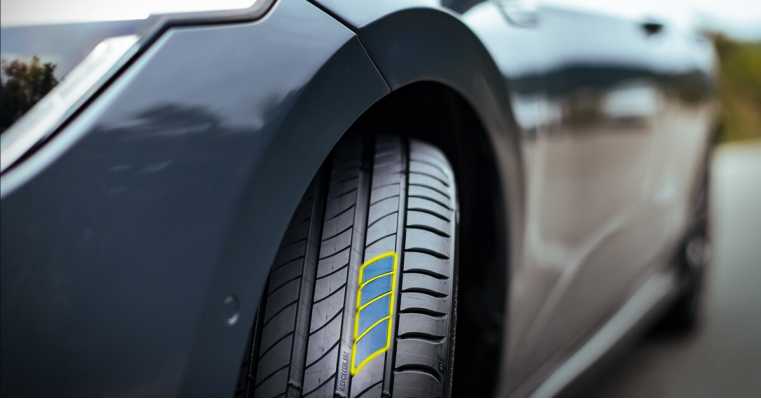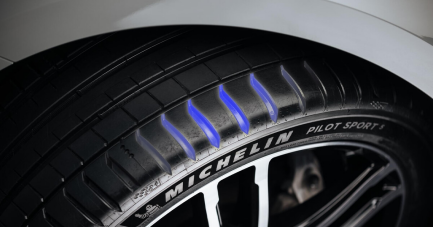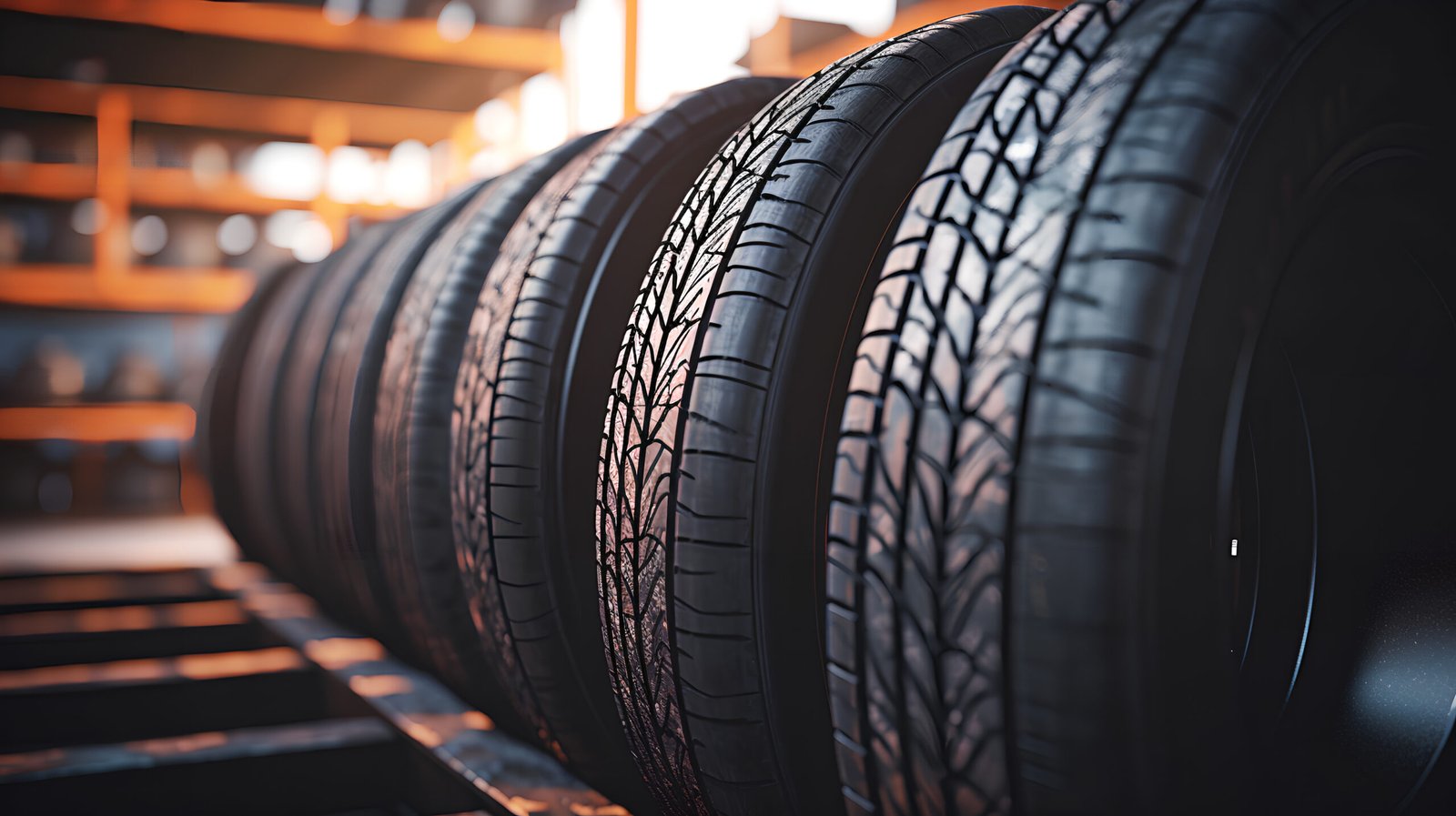Have you noticed the impressions your tyres leave when you drive on loose sand? These unique impressions the tyres leave are due to the different tread patterns. The tread patterns are designed to provide certain grip or traction to the vehicle under different driving conditions. Along with giving proper grip they also serve the function of providing the required corner stability, handling, noise suppression and more. Here you will get to know what the different types of tyre treads and their significance are.
What is tyre tread?
Tyre tread is the rubber on the tyre that makes contact with the road surface. The larger the contact area more is the grip. That’s why tyres used on race cars are wider so that they can get the largest contact patch possible. Also, some of the race cars do not have any grooves in the tyre tread which allows all of the surface area to be in contact with the ground. As a result, they get maximum grip. These are called slick tyres. But such tyres are illegal on road cars and cannot be used on regular roads because they are not capable of displacing water on wet surfaces and hence suffer hydroplaning which is extremely dangerous.
Tyre tread parts
A tyre’s tread consists of multiple layers of rubber. Below are the important components of a tyre tread. The shape, size, design, quantity, and position of each of these components are calculated and cautiously engineered to get the expected optimum performance from the given tyre.
- Blocks

Tread blocks are the raised blocks of rubber along the tyre’s circumference separated by grooves. They serve the most important function of providing grip depending on their shape and size. Tread blocks are also called lugs.
l Rib

Rib is the segment of rubber that runs along the circumference of the tyre. It helps in noise suppression. The ribs are designed to carry out a specific function, for instance, the central rib is responsible to provide traction during acceleration and braking. The shoulder rib is responsible for providing traction during cornering.
- Sipes

Sipes are slits cut across the tread blocks to help cut the water film from the road surface. This helps in preventing hydroplaning. The pattern and the position of the sipes are carefully designed to provide increased traction by creating an additional biting edge.
- Grooves
The grooves are channels that run circumferentially and laterally over the tyre’s surface. They are responsible for channeling the water beneath the tyre’s surface towards the sides thus, preventing hydroplaning. They also help air pass through the tread blocks and help the tyre to cool. Tyre tread has circumferential and lateral grooves. The circumferential grooves run circumferentially around the tyre tread while the lateral grooves run across the tyre tread. Circumferential grooves are deeper than lateral grooves.
Tyre tread patterns
There are three main types of tyre tread patterns:
- Symmetric or multi-directional
- Asymmetric
- Directional
1. Symmetric Tread Pattern
These tyres feature a simple tread pattern and are commonly found on most cars. They are called symmetric tyres because the tread pattern on the outside of the tyre is the same as that on the inside of the tyre. The name multi-directional comes from the fact that these tyres can rotate in any direction. They can also be placed on any side of the car. This aids in making them cheaper to buy and replace. They provide a good grip on dry roads. Due to their simple tread design, they aren’t the best on wet roads.
2. Asymmetric Tread Pattern
These types of tyres have different tread patterns on the inner and outer side. The outer tread has large blocks which are best for giving them grip in the dry and enhanced cornering stability, whereas the inner tread has smaller blocks and more grooves to displace water which is best for giving them grip in the wet. This means that the tyre is designed to perform well in both wet and dry conditions. However, because of the two different tread patterns unlike the multi-directional or symmetric tyres, these tyres must be placed in a specific way when mounted on the car. The part of the tyre that must face the outside is marked on the sidewall. These tyres are used in many performance cars. A well-known asymmetric tyre popular on performance cars is Michelin Pilot Sport
3. Directional Tread Pattern
Tyres with directional tread patterns feature an arrow-like pattern and are designed to roll only in one direction. They also have an arrow marked on the sidewall to indicate the direction in which they have to be fitted. The arrow-shaped design of the tread pattern facilitates faster displacement of water. Hence, they are brilliant in wet conditions and are widely used on winter tyres. These tyres are not very versatile as compared to the other two types as they can only be placed on one side of the car and in one direction.

As conclusion, symmetric tyres are best if you are low on budget, directional tyres are best if you want more grip and asymmetric tyres are best all-rounder. The tyre tread type that you choose however depends on the application and the type of the vehicle.

